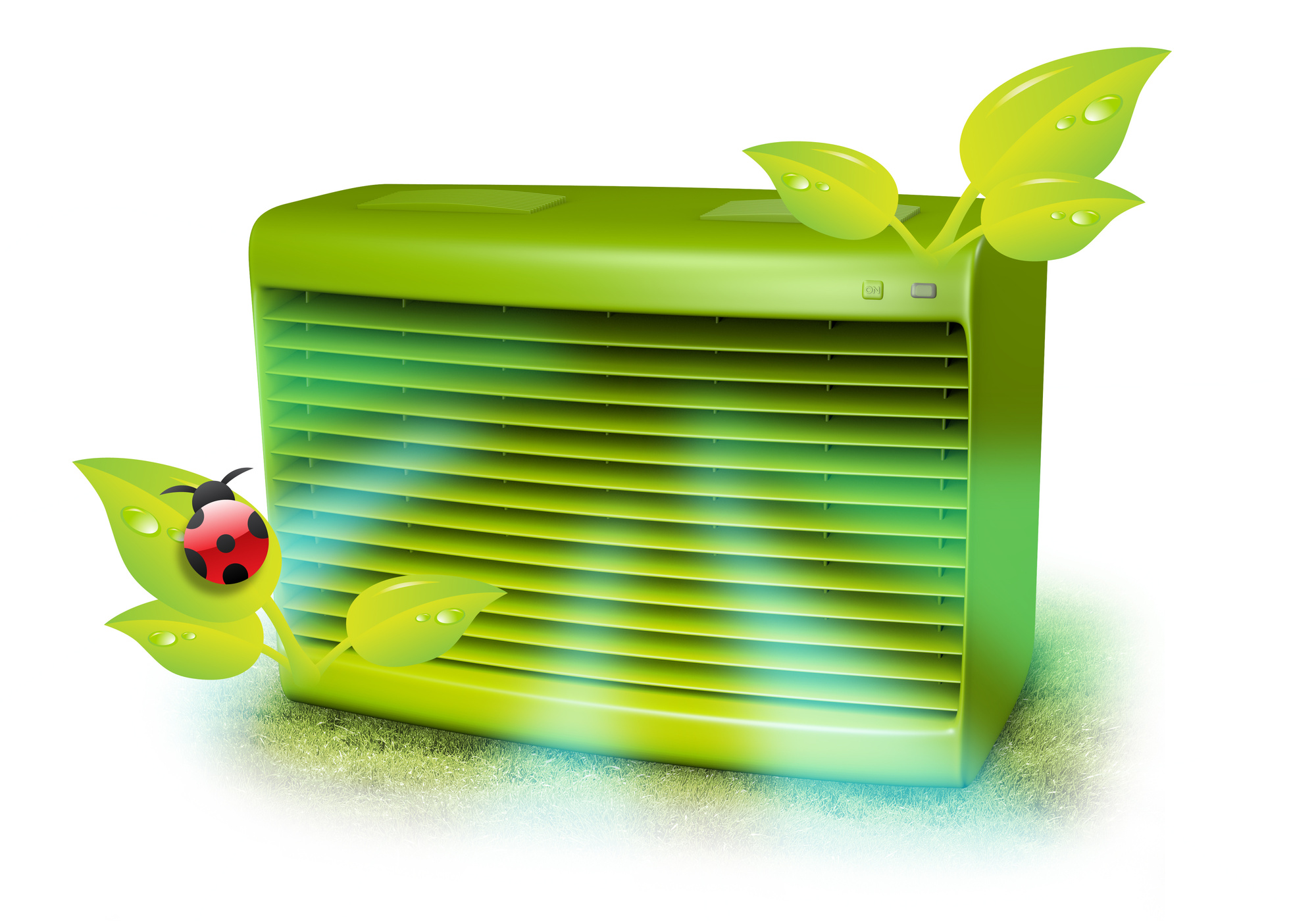As global warming increases temperatures across the planet, the demand for air conditioners continues to increase. It’s become necessary for everyone to think eco-consciously when considering air conditioners to make our homes more livable in warm weather. You’ll be making a smart decision when you choose to replace an old unit with an eco friendly air conditioner.
Unless you’re an expert on HVAC systems, you might have lots of questions. It might not be clear whether or not your air conditioner is really more efficient or not. Getting to know the basics of air conditioners can help you understand if you’re investing wisely or not.
In order to know if you currently have an eco friendly air conditioner or if you need to go out and get one, here are the 7 main criteria for a good AC unit.
1. Look For Size
Your first inclination might be to go smaller to save money on energy costs. But will that smaller unit be adequate in keeping your home cooler or will you end up needing 4 of them in separate rooms running 24 hours a day?
A smaller unit running non-stop, struggling to get the temperature down, can be a drain on your energy bill. A small unit needs to be able to balance the air cooled inside the condenser with the humid air drawn from the inside of the home.
Get a unit that’s size appropriate to your home rather than running several small units.
2. Two-Stage Compressors
The compressors inside of the unit are the most energy-hungry parts of your air conditioner unit. Compressors take the air sucked into the unit and squeeze the heat out of it. A refrigerant then sets the air into its cooled state.
A two-stage compressor will be able to balance out energy use based on the fluctuations in temperature on a day to day basis. They’ll automatically end up using less energy on cool days and increase their compression on hot days.
3. Matched Systems
There are a number of eco friendly air conditioner units on the market that work toward efficient energy usage by separating their energy sources. They’ll use one source for heating and a second source for cooling air.
If you can customize your system, you can choose each individual component of your system. Having custom chosen thermostats and indoor coils can allow the system to be catered to the needs of your home.
This will allow you to match your efficiency to your home’s needs based on how much time you spend at home or what season it is.
4. Geothermal Extension
There is an increasing number of systems that include a geothermal component that allows you to use the earth as your heat sink. That way, you’ll take advantage of the natural flow of heat from hot to cool by balancing your home with the temperature of the earth.
This can be an expensive system to install but depending on the size of your space, it can save money over time. A geothermal heat pump system will allow you to recover that initial cost by saving money on your energy bills from month to month.
If you’re looking for a great addition to your eco friendly air conditioner, this and other non-conventional energy extensions can give a boost to your current system.
5. A Programmable Thermostat
This can be one of the easiest ways to save money and energy for people with predictable schedules. If you have a similar schedule from week to week or spend long periods away from home, turning your eco friendly air conditioner off or down can save money.
A programmable thermostat will make that easy, automating the process of saving energy. You can also get the unit up and running when you know you’re about to arrive home and make sure your home is comfortable on hot summer days.
This little feature could add up to big savings and a much lower carbon footprint for your home.
6. Easy To Maintain
If you buy a larger air conditioner, you want to make sure its something you can maintain easily or cheaply via a local HVAC service.
Your airflow should be checked annually before summer begins, to ensure that your unit doesn’t fail at the worst possible time. An HVAC professionally can make sure you don’t have any leaks and that your refrigerant pressure is steady.
Smaller commercially available units should have removable air filters that you can easily replace.
Ideally, your units should have a high-quality filter that can be cleaned, dried, and reinstalled multiple times. If you don’t have a reusable filter, be sure that you get higher quality filters that don’t use materials harmful to the environment.
Click here to learn more about air filters for eco friendly air conditioner units.
7. Check the Age
There are around 100 million heating and cooling units that were installed in the US ten or more years ago. As environmental standards change over time, these units are likely out of step of the latest standards in energy efficiency. Thankfully every new unit will likely be more efficient than these older units.
If you purchase a home with units already installed, check to see the age of your units. If you get a larger industrial unit used or at a discount, make sure the unit isn’t so old that it’s far outside of the current standards for energy efficiency.
If you find that you can’t get any information and your energy bills are through the roof, you might want to replace the existing units with eco friendly air conditioner units.
Eco Friendly Air Conditioner Units Save Cash
Every home or business could benefit from updating their HVAC system. As climate shifts around the world, more heavily populated places are seeing extreme weather events and the normalization of record-breaking temperatures.
If you think it’s time to replace your air conditioner, contact us for more information.










